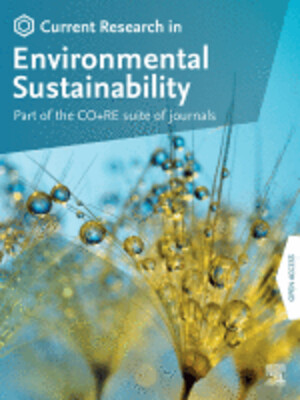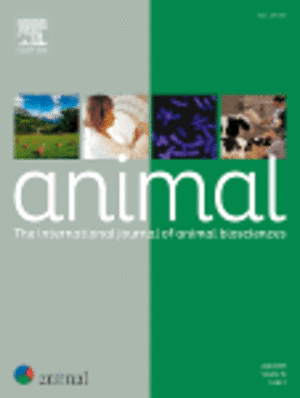
Soil greenhouse gas emissions under different land-use types in Savanna ecosystems of Kenya
Abstract
Abstract. Field measurement data on greenhouse gas (GHG) emissions are still scarce for many land-use types in Africa, causing a high level of uncertainty in GHG budgets. To address this gap, we present in situ measurements of carbon dioxide (CO2), nitrous oxide (N2O), and methane (CH4) emissions from the lowlands of southern Kenya. We conducted eight chamber measurement campaigns on gas exchange from four dominant land-use types (LUTs) comprising (1) cropland, (2) bushland, (3) grazing land, and (4) conservation land between 29 November 2017 and 3 November 2018, accounting for regional seasonality (wet and dry seasons and transitions periods). Mean CO2 emissions for the whole observation period were the highest by a significant margin (p value < 0.05) in the conservation land (75±6 mg CO2-C m−2 h−1) compared to the three other sites, which ranged from 45±4 mg CO2-C m−2 h−1 (bushland) to 50±5 mg CO2-C m−2 h−1 (grazing land). Furthermore, CO2 emissions varied between seasons, with significantly higher emissions in the wet season than the dry season. Mean N2O emissions were highest in cropland (2.7±0.6 µg N2O-N m−2 h−1) and lowest in bushland (1.2±0.4 µg N2O-N m−2 h−1) but did not vary with season. In fact, N2O emissions were very low both in the wet and dry seasons, with slightly elevated values during the early days of the wet seasons in all LUTs. On the other hand, CH4 emissions did not show any significant differences across LUTs and seasons. Most CH4 fluxes were below the limit of detection (LOD, ±0.03 mg CH4-C m−2 h−1). We attributed the difference in soil CO2 emissions between the four sites to soil C content, which differed between the sites and was highest in the conservation land. In addition, CO2 and N2O emissions positively correlated with soil moisture, thus an increase in soil moisture led to an increase in emissions. Furthermore, vegetation cover explained the seasonal variation in soil CO2 emissions as depicted by a strong positive correlation between the normalized difference vegetation index (NDVI) and CO2 emissions, most likely because, with more green (active) vegetation cover, higher CO2 emissions occur due to enhanced root respiration compared to drier periods. Soil temperature did not show a clear correlation with either CO2 or N2O emissions, which is likely due to the low variability in soil temperature between seasons and sites. Based on our results, soil C, active vegetation cover, and soil moisture are key drivers of soil GHG emissions in all the tested LUTs in southern Kenya. Our results are within the range of previous GHG flux measurements from soils from various LUTs in other parts of Kenya and contribute to more accurate baseline GHG emission estimates from Africa, which are key to reducing uncertainties in global GHG budgets as well as for informing policymakers when discussing low-emission development strategies.
Citation
Wachiye, S., Merbold, L., Vesala, T., Rinne, J., Räsänen, M., Leitner, S. and Pellikka, P. 2020. Soil greenhouse gas emissions under different land-use types in Savanna ecosystems of Kenya. Biogeosciences 17: 2149–2167










